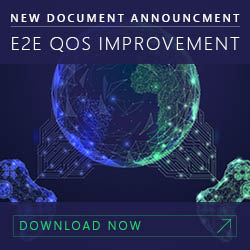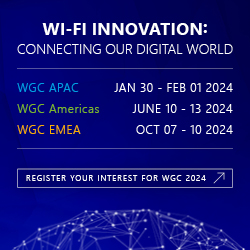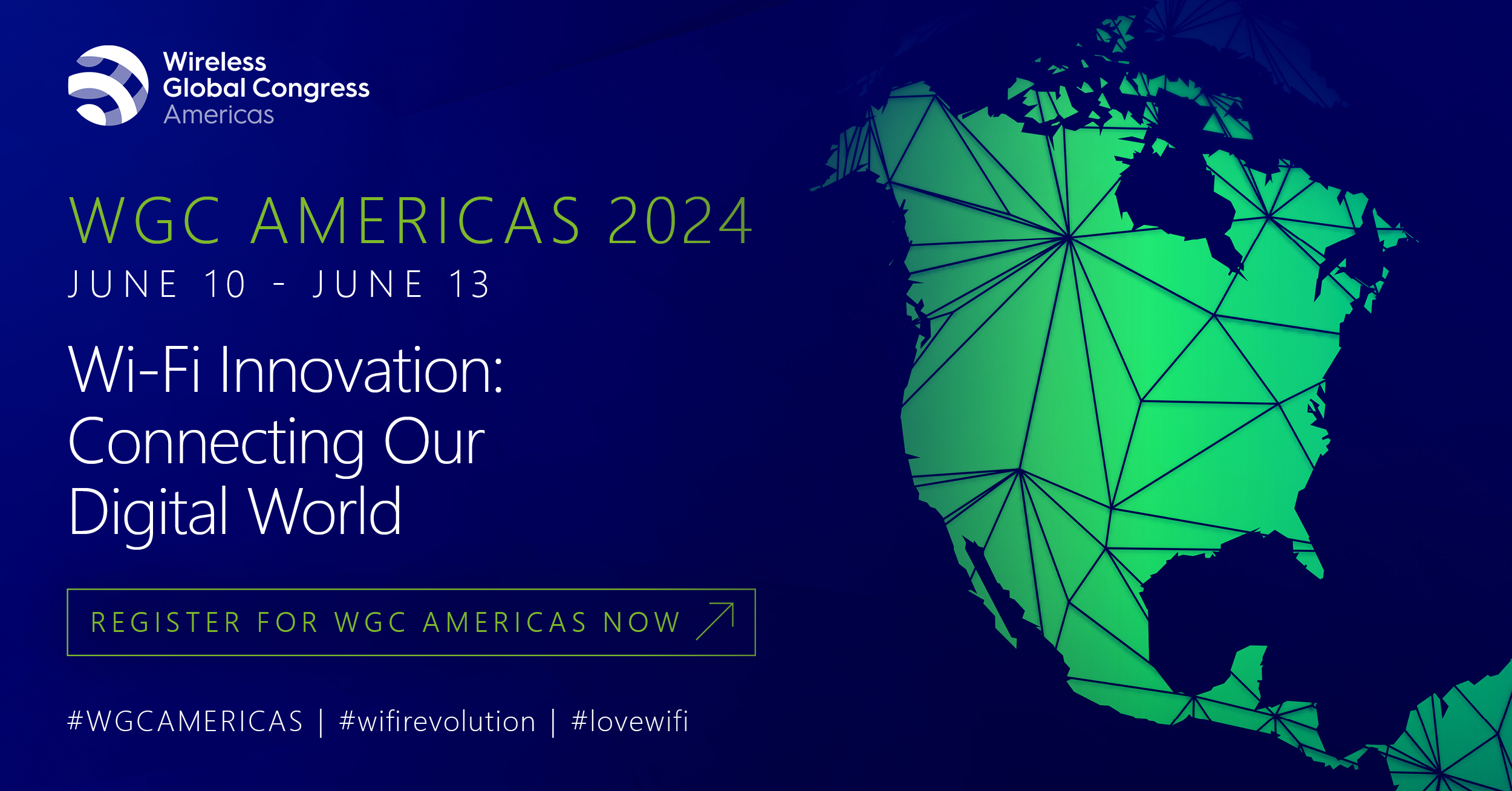Joint task force draws on extensive industry cooperation to define interfaces, architecture and deployment approaches
Singapore and London – February 4, 2016 – The Wireless Broadband Alliance (WBA), the industry association focused on driving next generation Wi-Fi and its role in Public Wi-Fi services, Internet of Things (IoT), Big Data, Converged Services, Smart Cities and 5G, and the Small Cell Forum (SCF), the organisation working to drive the wide-scale adoption of small cells and accelerate the delivery of integrated HetNets, today published the first comprehensive technical documentation, assessment and specification of the architecture & interfaces for integrated small cell and ‘trusted’ Wi-Fi (ISW) networks.
The second deliverable produced by the WBA-SCF Joint Task Force (JTF) as part of their ongoing study into integrated networks, the White Paper was undertaken to study the architectural options, interfaces and deployment aspects of the TWAN (Trusted Wireless LAN). The White Paper also includes the first comprehensive industry survey looking at integrated small cell/Wi-Fi networks. The survey includes input from major operators and vendors from both sides of the narrative and addresses business & technical implications of integration.
The WBA-SCF taskforce specifically focuses on bringing clarity to the architecture of the TWAN that connects the access points, controllers and gateways of the integrated ISW network. This work has fallen outside of the scope of the 3GPP and has not been addressed by any other standards organisation. The taskforce agreed technical definitions for three TWAN interfaces, and the White Paper describes and compares the various protocol options and addresses the three different modes of operations of Wi-Fi networks today.
With the explosion in data use throughout the Wireless ecosystem set to continue in the years to come, networks face unprecedented challenges to satisfy exploding demand. Of chief importance among these is the integration of existing and evolving networks operating in the licensed and unlicensed bands, as well as developing new networks that seamlessly leverage licensed, unlicensed and shared spectral bands, with acceptable paradigms to coexist with legacy networks.
“Once seen as competitors, it is now widely acknowledged that the wireless industry must embrace both licensed and unlicensed technologies in order to meet the end consumers’ insatiable appetite for bandwidth,” said Shrikant Shenwai, Founder and CEO of the WBA. “Recognising the differences and similarities of the Cellular and Wi-Fi ecosystems, the WBA-SCF Taskforce was able to jointly engage both to generate technical and business consensus to develop solutions to provide ubiquitous connectivity.”
“The network densification challenge means that nobody – least of all the operator community – is asking why we need small cells anymore. The question now is how do we use small cells, and all the available spectrum options, to deliver efficient automated and integrated mobile networks,” said Alan Law, Small Cell Forum Chair. “This work with WBA tackles that challenge head-on and delivers a comprehensive set of answers. It is an excellent example of the benefits of industry collaboration with detailed input from both the operator and the vendor community.”
Additionally, the White Paper includes results of an operator and vendor survey studying the business and technical challenges and opportunities presented by ISW networks. The results highlight the potential for ISW networks to provide new services in Enterprise-led deployments. Contributors to the White Paper included Aruba Networks, AT&T, Broadcom, BskyB, BT Openzone, China Mobile, Cisco Systems, Huawei, Intel Corporation, InterDigital, Ixia, Mediatek, Nokia, Orange France, Qualcomm, Radysis, Ruckus Wireless, SmithMicro, Stoke and TWC.
The full White Paper can be downloaded here »
About WBA
Founded in 2003, the mission of the Wireless Broadband Alliance (WBA) is to champion the development of the converged wireless broadband ecosystem through seamless, secure and interoperable unlicensed wireless broadband services for delivering outstanding user experience. Building on our heritage of NGH and carrier Wi-Fi, WBA will continue to drive and support the adoption of Next Gen Wi-Fi and other unlicensed wireless services across the entire public Wi-Fi ecosystem, including IoT, Big Data, Converged Services, Smart Cities, 5G, etc. Today, membership includes major fixed operators such as BT, Comcast and Time Warner Cable; seven of the top 10 mobile operator groups (by revenue) and leading technology companies such as Cisco, Microsoft, Huawei Technologies, Google and Intel. WBA member operators collectively serve more than 2 billion subscribers and operate more than 25 million hotspots globally.
The WBA Board includes AT&T, Boingo Wireless, BT, China Telecom, Cisco Systems, Comcast, Intel, KT Corporation, Liberty Global, NTT DOCOMO, Orange and Ruckus Wireless.
About Small Cell Forum
Small Cell Forum works to drive the wide-scale adoption of small cells and accelerate the delivery of integrated HetNets. We are not a standards organization but partner with organizations that inform and determine standards development. We are a carrier-led organization. This means our operator members establish requirements that drive the activities and outputs of our technical groups. Our track record speaks for itself: we have driven the standardization of key elements of small cell technology including Iuh, FAPI, SON, the small cell services API, TR 069 evolution and the enhancement of the X2 interface.
The Forum has 137 members including 63 operators representing more than 1.71 billion mobile subscribers – 33 per cent of the global total – as well as telecoms hardware and software vendors, content providers and innovative start-ups.
The SCF includes Airspan, Alcatel-Lucent, AT&T, Cisco, Ericsson, Huawei, Intel, ip.access, NEC, Nokia, Qualcomm, Reliance Jio, Softbank, Spidercloud, Sprint and Vodafone.






